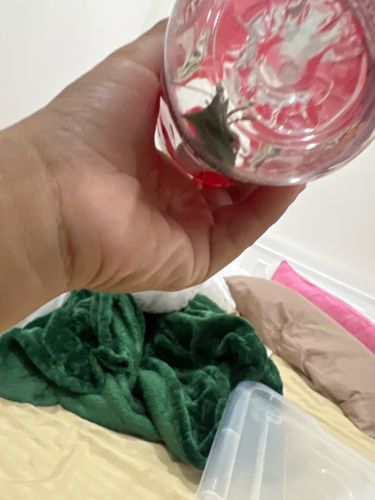Stink Bug
Scientific Name: Halyomorpha halys (Brown Marmorated Stink Bug) or similar species within Pentatomidae
Order & Family: Hemiptera, Pentatomidae
Size: 12-17 mm (0.5-0.7 inches) in length

Natural Habitat
Agricultural fields, orchards, gardens, forests; often invades homes and other structures in cooler months for overwintering.
Diet & Feeding
Polyphagous, feeding on a wide variety of fruits, vegetables, field crops, and ornamental plants by piercing plant tissue and sucking out juices.
Behavior Patterns
Known for emitting a foul-smelling odor when threatened or crushed. They are attracted to light and commonly enter homes in autumn. Adults overwinter indoors or in sheltered outdoor locations and emerge in spring to lay eggs.
Risks & Benefits
Risks: Significant agricultural pest causing damage to numerous crops, leading to economic losses. Can be a nuisance when they infest homes in large numbers. Benefits: No significant benefits to humans or ecosystems are typically cited for pest species like the Brown Marmorated Stink Bug. Some species of stink bugs are predatory and beneficial.
Identified on: 9/29/2025